Rising Demand for Herbicides
The Triazine Market is experiencing a notable increase in demand for herbicides, particularly in the agricultural sector. This surge is primarily driven by the need for effective weed control solutions that enhance crop yields. Triazine Market herbicides, known for their efficacy against a wide range of weeds, are becoming increasingly popular among farmers. According to recent data, the herbicide segment is projected to grow at a compound annual growth rate of approximately 5.2% over the next five years. This growth is indicative of the agricultural industry's shift towards more efficient and sustainable farming practices, which further propels the Triazine Market forward.
Advancements in Chemical Formulations
Innovations in chemical formulations are significantly influencing the Triazine Market. Manufacturers are investing in research and development to create more effective and environmentally friendly triazine compounds. These advancements not only improve the performance of triazine products but also address regulatory concerns regarding environmental impact. For instance, the introduction of new formulations that reduce leaching and enhance soil health is likely to attract more users. As a result, the market for triazine products is expected to expand, with a projected increase in market size by 4.5% annually over the next few years, reflecting the industry's commitment to sustainability.
Regulatory Support for Sustainable Agriculture
Regulatory frameworks supporting sustainable agriculture are increasingly shaping the Triazine Market. Governments are implementing policies that encourage the use of environmentally friendly agricultural practices, including the use of triazine herbicides that meet stringent safety standards. This regulatory support not only fosters innovation but also enhances consumer confidence in triazine products. As a result, the market is expected to witness a steady growth trajectory, with an estimated increase of 3.8% in market value over the next few years. This trend indicates a favorable environment for the Triazine Market, as it adapts to evolving regulatory landscapes.
Growing Awareness of Integrated Pest Management
The Triazine Market is benefiting from the growing awareness of integrated pest management (IPM) practices among farmers. IPM emphasizes the use of various strategies to manage pests effectively while minimizing chemical use. Triazine Market herbicides play a crucial role in IPM by providing targeted weed control, which is essential for maintaining crop health. As more agricultural stakeholders adopt IPM principles, the demand for triazine products is likely to rise. Recent surveys indicate that approximately 60% of farmers are now incorporating IPM strategies, suggesting a robust future for the Triazine Market as it aligns with sustainable agricultural practices.
Expansion of Crop Varieties and Cultivation Areas
The expansion of crop varieties and cultivation areas is a significant driver for the Triazine Market. As farmers diversify their crops to meet changing consumer preferences and market demands, the need for effective weed management solutions becomes paramount. Triazine Market herbicides are particularly effective for a variety of crops, including corn and soybeans, which are widely cultivated. Recent statistics show that the acreage dedicated to these crops has increased by approximately 7% in the last year alone. This expansion is likely to boost the demand for triazine products, positioning the Triazine Market for continued growth in the coming years.


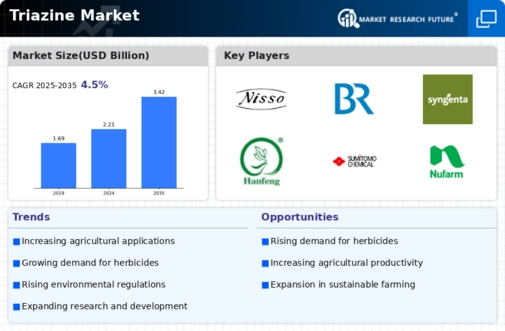
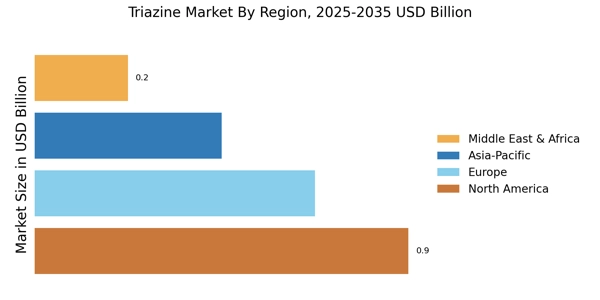
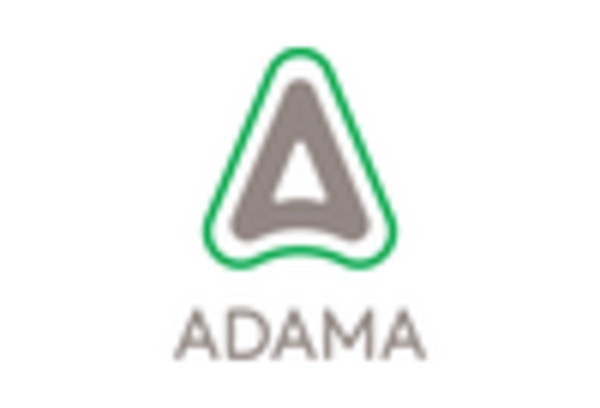

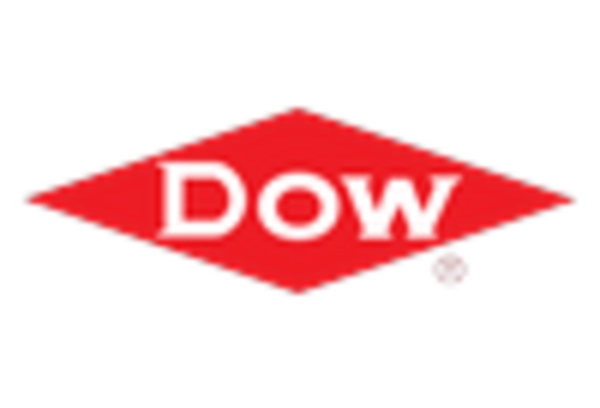
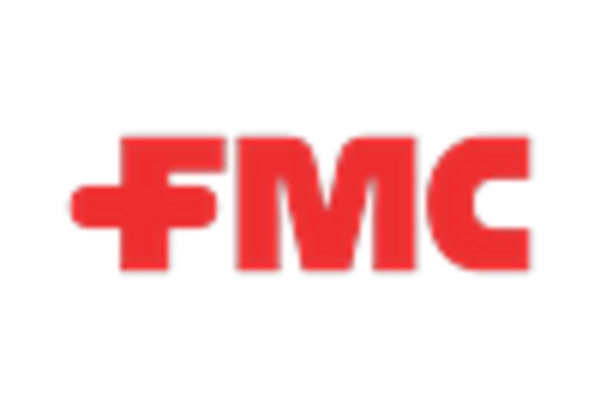
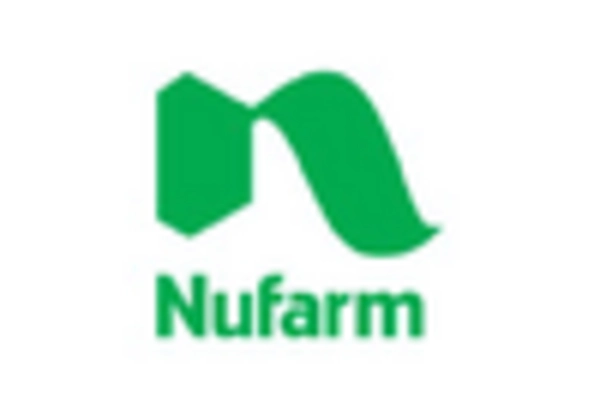
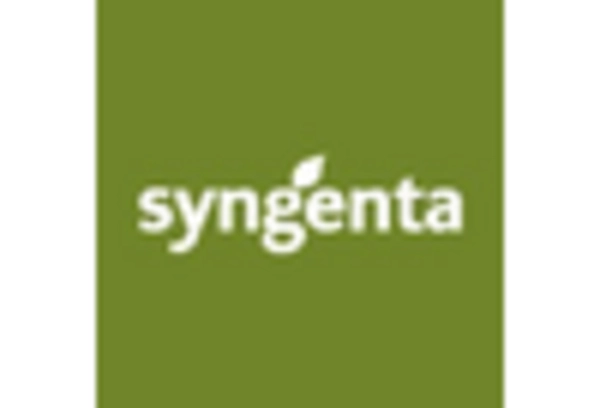








Leave a Comment